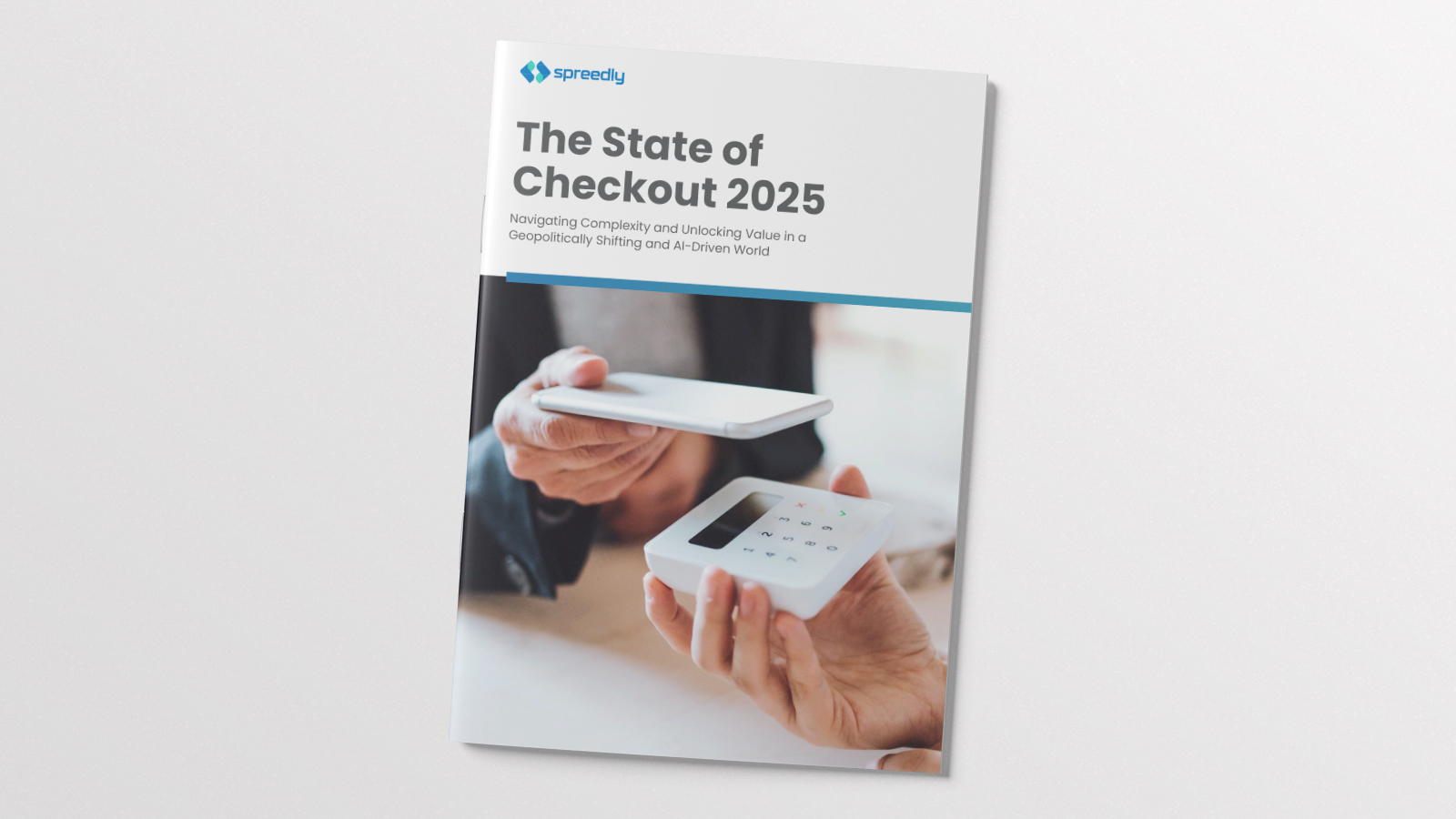
Your payments strategy is at the heart of your digital business. You want that strategy to constantly improve and adapt as your business grows. That’s why insight and reporting on your payments performance — and how you’re doing relative to your peers — is so important.
This video series takes a deep dive into how the world’s most successful organizations solve their business pains with Payments Orchestration.
Hosted by Sachi Pradhan with Spreedly, this segment provides us with an overview of how Payments Orchestration gives you rich insight into your payments data, plus unmatched access to data across payment service providers globally.
Rough Transcript (edited for readability):
Hey there. This is Sachi Pradhan, a senior product manager here at Spreedly. Today, I'll talk to you about why data and analytics play a critical role in payment orchestration.
As you all know, data is critical to any business, and payments is no different. In this day and age with payments playing such an important role in the overall customer experience, measuring and acting upon payment performance data can go a long way in making sure your customers keep coming back.
When thinking about data and analytics, the following are the most typical questions that the service has to answer for every client. The first one is, "What happened? Why did it happen?" The third one is, "What will happen?" And the last is, "What should I do about it?" A payment orchestration leader needs to be able to do the following in the same context. It needs to be able to answer these questions and provide this information in the same context as every other service that people have used.
Let's take an example. Let's say your average success rates have been going down. This is, again, the what happened phase. Is the payment orchestration layer actually providing any alerts, KPIs, et cetera, that are readily available that are readily accessible, that any customer can take a look at and basically understand that, "Hey, my successes are going down than what they had been before."
The second is around why did it happen? So the next step here, it is to dig into ... Going back to the same example that we had, dig into what caused the success rate to go down. This means going into the various factors that could have caused the rate to go down, was the change based on a card brand, a card type, or was it the currency? Again, here, the orchestration layer should be able to help the user pinpoint of what actually caused the success rate to go down. Because, again, the success rate is defined by multiple factors. It could be affected by any number of things that are probably part of the payment ecosystem, and the orchestration layer should be able to help you pinpoint why it actually went down. Again, this is the why did it happen phase.
Next is understanding what will happen if we don't take any action. If success rates continue to go down, it's pretty much loss of sales. Given that a payment orchestration layer actually has information around your ticket size and everything else, it should be able to give you a rough estimate around what the impact could be to the bottom line if success rates keep going down in that particular angle.
Finally, an orchestration layer should be able to recommend actions to what should be done next. In our example, if success rates are going down, should the customer be looking at adding a new gateway to the mix to better the success rates? So the host of various factors. As an orchestration layer, it should be able to give you next steps, next actions for you to better the overall experience.
With that said, in a nutshell, a payment orchestration layer should be able to showcase data and analytics around payment performance, enabling clients to gather insights, understand underlying factors, and then act upon to better the overall experience. Basically, data and analytics enables this concept of continuous improvement when leveraging a payment orchestration layer. Thank you.




